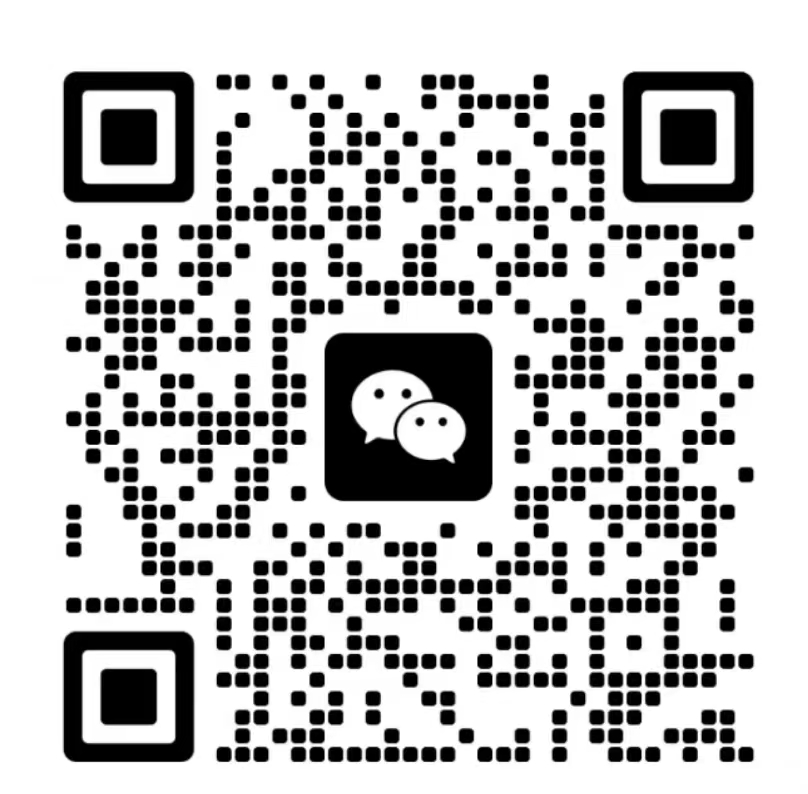SHUYI Technology Showcases Innovative Solutions at Cairo ICT’24, Driving the Future of Digitalization
Nov 20, 2024
November 20, 2024, Cairo – At the prestigious Cairo ICT’24, the premier international technology exhibition and conference in the Middle East and Africa, SHUYI Technology participated with a professional team to showcase its latest products and solutions in digital energy and infrastructure. SHUYI aimed to strengthen regional partnerships and drive digital transformation across the region.
Focusing on Innovation to Empower Regional Digital Growth
With the theme "The Next Wave," Cairo ICT’24 attracted over 400 global exhibitors this year, featuring groundbreaking advancements in artificial intelligence, data centers, cloud computing, 5G, IoT, and more. SHUYI Technology showcased its cutting-edge offerings, including precision air conditioners, uninterruptible power supply (UPS) systems, intelligent power distribution units (PDU), and cooling solutions, highlighting its commitment to technological innovation in the digital energy sector.
Designed with a focus on sustainability and innovation, SHUYI's booth captivated numerous industry professionals. Through live demonstrations and product showcases, the company highlighted its efforts to enhance energy efficiency, optimize environmental control, and drive green development, garnering significant interest and acclaim.
SHUYI Technology's Product Highlights:
High-Efficiency Precision Air Conditioners: Featuring advanced cooling technologies such as liquid cooling, air cooling, and magnetic levitation, tailored for data center thermal management.
Modular UPS Systems: Offering high reliability and scalability to meet diverse application needs.
Smart PDUs: Enabling remote monitoring, environmental sensor integration, and advanced power management, ensuring intelligent data center operations.
Strengthening International Partnerships for a Digital Ecosystem
Speaking at the event, a representative from SHUYI Technology remarked, “The Middle East and Africa are undergoing a pivotal phase of digital transformation. Cairo ICT provides an ideal platform for us to share our expertise in digital energy and showcase solutions designed to address the region’s unique challenges. We look forward to driving sustainable growth through innovation and collaboration in this dynamic market.”
During the event, SHUYI's team engaged with local partners, discussing opportunities in data center infrastructure development, green energy management, and the localization of intelligent solutions. Additionally, SHUYI presented its core environmental initiative, EarthFirst, emphasizing its commitment to sustainability and a greener future.
About SHUYI Technology
SHUYI Technology specializes in providing innovative digital energy solutions for data centers and critical infrastructure. By leading technological advancements in the industry, SHUYI is dedicated to building efficient, reliable, and sustainable infrastructure, empowering clients globally to navigate the challenges of digital transformation.
Contact Us
Website: www.shuyidigitalpower.com
Email: semon@shuyipower.com
SHUYI Technology remains steadfast in its mission to “Innovate Through Technology, Serve the World,” continuously pushing technological boundaries and delivering exceptional digital energy solutions to customers worldwide.
Read More

 English
English français
français español
español





 IPv6 network supported
IPv6 network supported